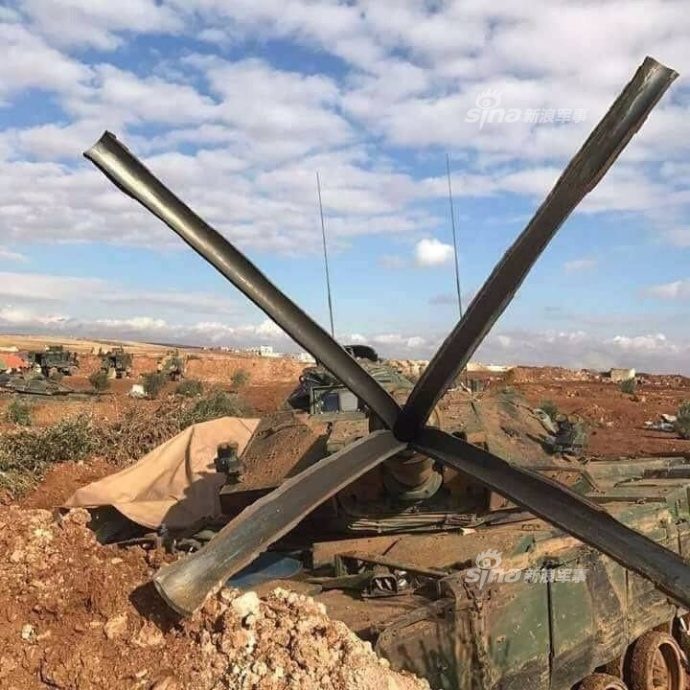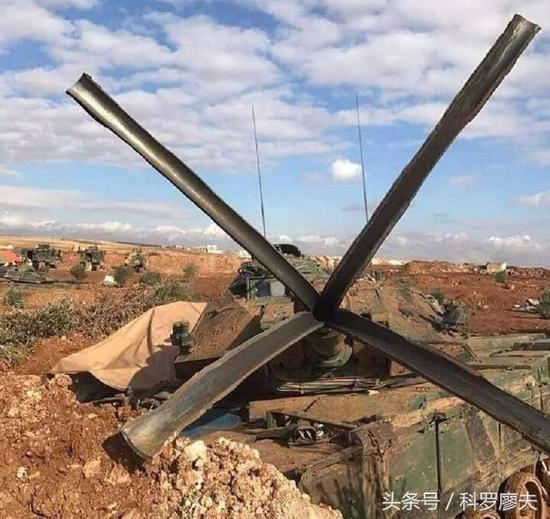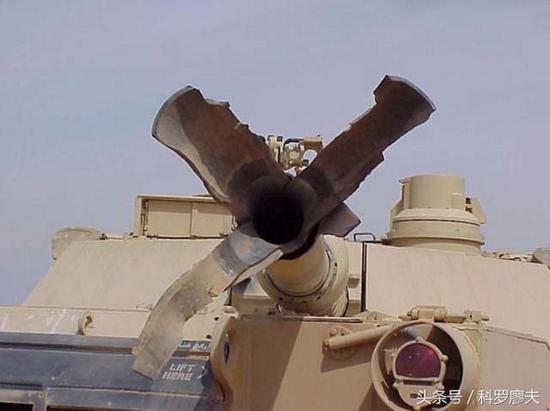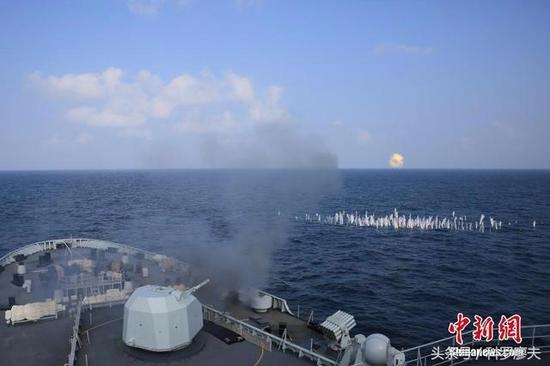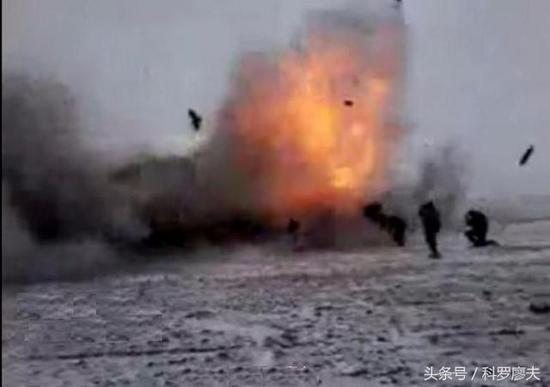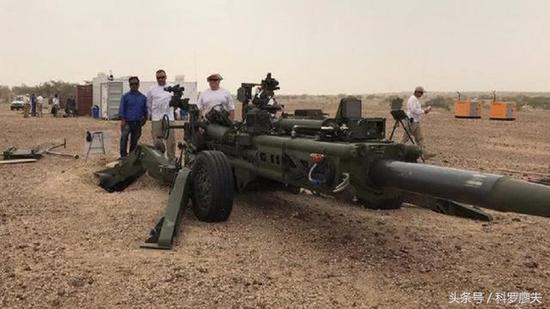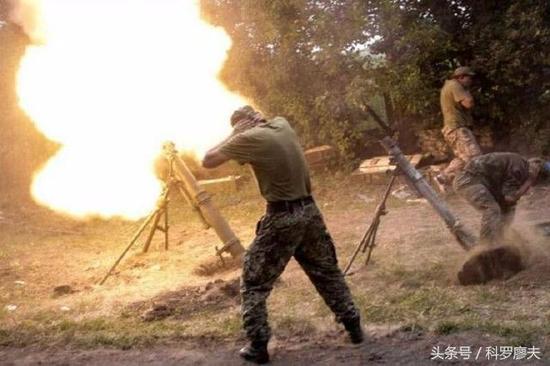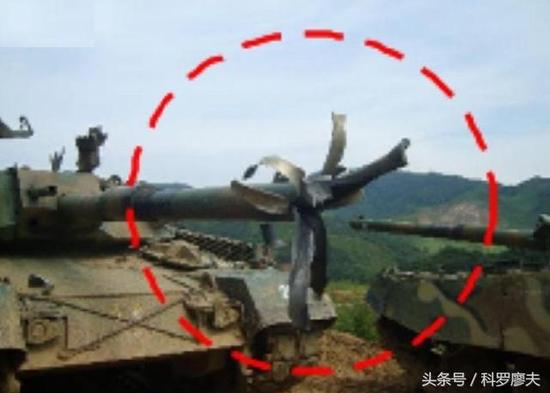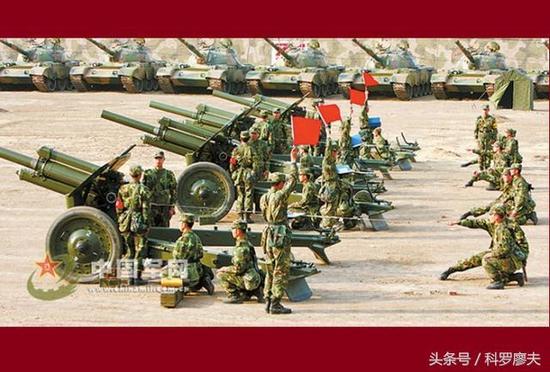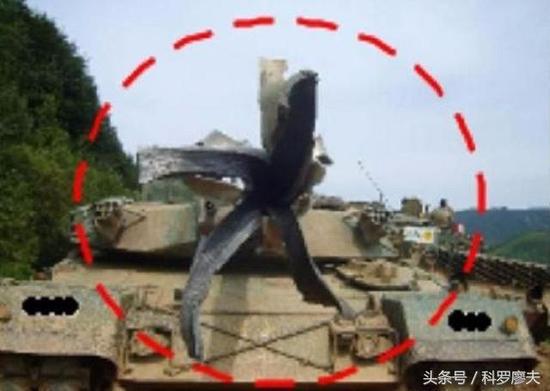https://www.mindef.gov.sg/imindef/press_room/official_releases/nr/1997/jun/28jun97_nr.print.img.html
he 155mm Gun Howitzer Chamber Explosion on 9 Mar 97 in New Zealand
A 155mm artillery round exploded in the barrel of a FH2000 gun howitzer on Sun, 9 Mar 97 in Waiouru, New Zealand, during a live firing exercise conducted by the 23rd Battalion, Singapore Artillery. The incident resulted in the death of two full-time national servicemen, Third Sergeant Ronnie Tan Han Chong and Lance Corporal Low Yin Tit. Another 12 servicemen, including a Staff Sergeant from the New Zealand Defence Force, were injured in the incident.
The Ministry of Defence (MINDEF) convened a Committee of Inquiry on 17 Mar to investigate the circumstances leading to the incident. The Committee was chaired by Mr Tan Gee Paw, Permanent Secretary (Environment). The other five members of the Committee included Mr Andrew Renton-Green, a senior official from the New Zealand Ministry of Defence, and representatives from the Ministry of Health, Legal Services of MINDEF, and the Singapore Armed Forces(SAF).
On 2 May, the Committee submitted its findings and recommendations to MINDEF. The Committee concluded that the correct procedures had been strictly followed by the artillery unit involved, and there was no human error by any member of the unit. There was also no breach of any SAF training safety regulations.
The Committee concluded that the most probable cause of the incident was a defective fuze that was attached to the 155mm shell which was loaded into the gun howitzer. The defective fuze resulted in the premature explosion. After the incident, the lot of fuzes from which the defective fuze came was X-rayed. 1.3% of the fuzes were found to be defective.
This defective lot of fuzes was supplied by the Chartered Ammunition Industries (CAI) to MINDEF under an agreement in 1992. CAI was to supply fuzes manufactured according to internationally accepted military specifications. These military specifications require thorough inspections and other quality control measures during and after the manufacturing process to eliminate all defects in the fuzes.
CAI, in turn, contracted with a U.S. company, Island Ordnance Systems (IOS), for the supply of these fuzes. Without the knowledge of CAI, IOS obtained the fuzes from Xian Dong Fang Machinery Factory in the People's Republic of China (PRC). In October 94, CAI discovered that the fuzes were manufactured at the factory in the PRC rather than in the USA. However, CAI did not notify MINDEF of this discovery. MINDEF only became aware that these fuzes were manufactured in the PRC during the Committee of Inquiry proceedings in Mar.
When the fuzes were delivered to CAI, IOS issued a Certificate of Compliance and a Certificate of Conformance to confirm that the required military specifications had been met. Sample testing of the fuzes was also conducted by CAI during which no defective fuzes were found. Based on these Certificates, MINDEF accepted the fuzes from CAI.
MINDEF is responsible for ensuring that all types of ammunition and fuzes used in the SAF are safe. MINDEF does so by conducting acceptance testing of ammunition and fuzes either by itself or by reliable contractors. In this case, MINDEF had engaged CAI to provide the SAF with the fuzes. In particular, CAI agreed to witness the acceptance tests for the fuzes, on behalf of MINDEF. However, CAI did not witness all the acceptance tests. CAI also did not check whether the factory in the PRC was able to manufacture the fuzes according to the required military specifications.
To prevent defective fuzes from being introduced into the SAF inventory again in future, MINDEF will completely revamp the current acceptance process. MINDEF has also ceased using all types of ammunition and fuzes from IOS. MINDEF will also not accept ammunition and fuzes manufactured by Xian Dong Fang Machinery Factory.
MINDEF will continue to use 155mm fuzes of this type which have been made by a different manufacturer. As an added precaution, all such fuzes will be X-rayed. With these precautions in place, the SAF resumed live firing with the 155mm guns in May.
MINDEF will be pursuing the appropriate legal remedies that may be available against the parties involved in the supply of the defective fuzes.
MINDEF has compensated the families of the two deceased SAF servicemen and will compensate the injured servicemen in accordance with existing regulations.
MINDEF will be nominating various SAF and New Zealand personnel for appropriate awards in recognition of their acts of bravery and professionalism during the incident.

